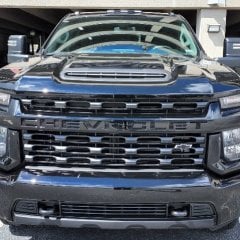2019+ Silverado and Sierra 1500 Alternator Upgrade (Install Process)
-
Similar Content
-
Weird Charging Issues. Have to Rev truck to start charging.
By Pooble,
- alternator
- battery
- (and 2 more)
- 3 replies
- 601 views
-
- 2 replies
- 4,167 views
-
- 10 replies
- 3,644 views
-
- 8 replies
- 3,192 views
-
- 4 replies
- 5,623 views
-
-
Recently Browsing 0 members
- No registered users viewing this page.
-
Forum Statistics
246k
Total Topics2.6m
Total Posts -
Member Statistics
-
Who's Online 17 Members, 1 Anonymous, 1,239 Guests (See full list)
















Recommended Posts
Join the conversation
You can post now and register later. If you have an account, sign in now to post with your account.